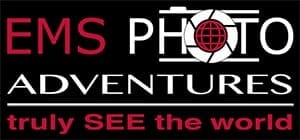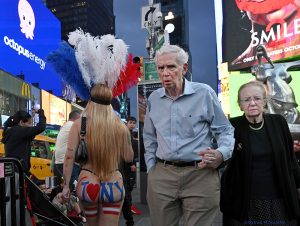A great technique to depict motion is panning because of its ability to combines camera movement and slow shutter it can produce extraordinary results. It is a tool best used to depict motion around a moving subject, which usually is moving horizontally and preferably parallel to the camera.
However, this technique requires practice and a steady hand. Because you have to pick a specific subject to continuously keep in focus as it keeps moving in front of you, and as you follow it with your camera.
It also demands an understanding of the concept of “equivalent exposures,” which are designed to give you the same amount of light for the proper exposure while juggling different aperture and shutter speed combinations. These in term will yield the desired effect when properly used. .
TECH STUFF: Camera #nikonZ6 / lens 14-30 4.0 S / ISO 2,500 / F 13 / Speed’ 1/3th / WB:

A. For example, in this situation, the camera light meter initially suggested a proper exposure at this ISO of 2500 should’ve been that of F 2.8 at 1/125th.
But that simply did not fulfill my needs at that moment since I wanted to depict the motion of the bus as it took off. If I’d have used the camera suggested speed/ aperture combination then I’d have ended with a static boring image.
So instead, I used an equivalent exposure from all the available combinations available to me:
Equivalents: F4.0 at 1/60th, F 5.6 at 1/30th, F 8.0 at 1/15th, F 11 at 1/8th, F 13th at 1/3rd, etc
This is a pretty good article that further explains this concept: The Basics of Equivalent Exposures published in Peta Pixel.




